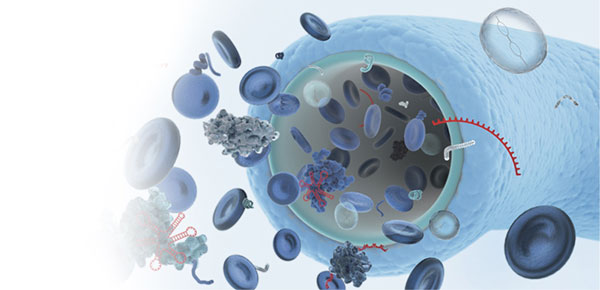


















New NGS tools, ACMG variant data support, and more.
We’ve just put the finishing touches on the fall release for Ingenuity® Pathway Analysis (IPA), giving our users a lot of new features and functionality. IPA customers know that we strive to keep scientific content up-to-date, and this release adds more than 38,000 expert findings as well as several thousand disease-related findings from public databases.
This release bolsters IPA’s support for NGS workflows. Our new IsoProfiler feature identifies the diseases, functions, and phenotypes associated with differentially expressed isoforms from an RNA-seq data set. Currently in beta and available to Advanced Analytics customers, IsoProfiler is focused initially on human oncology. In addition, IPA now supports two types of genetic gain or loss of function data that result from genome or transcriptome sequencing, and can now predict the variant effect on diseases, functions, phenotypes and canonical pathways. IPA also supports a new “Variant ACMG Classification” data type corresponding to the evidence-based gene variant classification system provided by the American College of Medical Genetics and Genomics.
These releases are made even more significant to us at QIAGEN Bioinformatics when we see what a difference the new features make in our customers’ research. Here, we showcase two recent papers highlighting how scientists are taking advantage of the more recently released Upstream Regulator Analysis and Regulator Effects capabilities to facilitate their research goals.
Integrative Analysis of the Developing Postnatal Mouse Heart Transcriptome was published in PLoS One by scientists from the Chinese University of Hong Kong, the University of Edinburgh, and Ji Nan University in China. The researchers detail gene expression differences to explain the change in cardiomyocyte activity shortly after birth in mammals. They ran microarray data through IPA to find which genes were driving interactions and used the Regulator Effects Network Analysis feature to find upstream regulators acting on cardiomyocytes (check out the network diagram included in the paper for more detail). The Regulator Effects Analysis “produces causal hypotheses that predicted and explain how activation or inhibition of upstream regulators might cause an increase or decrease in phenotypic and functional outcomes downstream,” the scientists report. They noted that indications of directionality and direct or indirect reactions provided in IPA-generated networks were particularly helpful to the work. Results were validated with RT-qPCR.
In BMC Genomics, scientists from Tohoku University published Retinal transcriptome profiling at transcription start sites: a cap analysis of gene expression early after axonal injury, reporting a study that may have implications for understanding glaucoma. Axonal injury contributes to the death of ganglion cells in the retina, an important part of glaucoma development, so the scientists studied changes in gene expression related to this injury in mice. They used IPA, including its Upstream Regulator Analysis and Regulator Effects analysis, to generate gene networks and track causality. The scientists found ATF4, “the most significant upstream regulator” of the biological process they were analyzing.